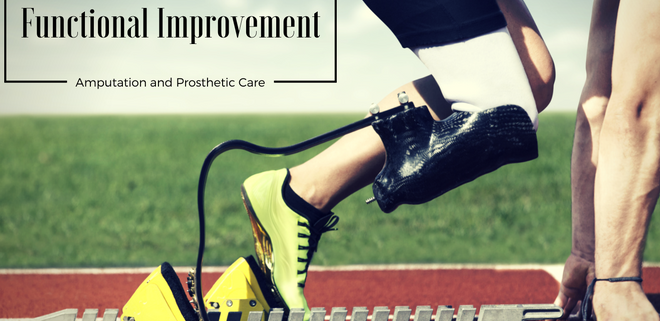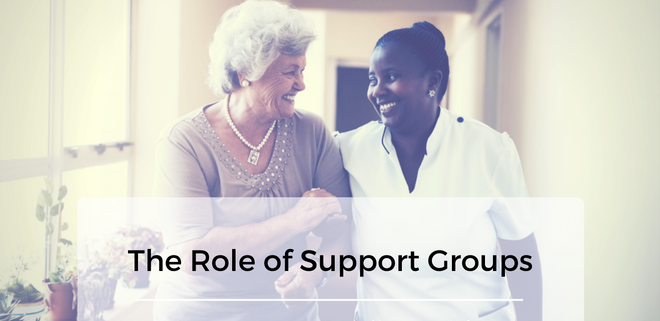There’s no denying that amputation or the loss of a limb is a life-changing experience. It not only involves a tremendous physical loss, but also can be emotionally devastating. If you’re facing, or already have had, an amputation, know that you’re not alone – there’s around 1.7 million people living with limb loss in the U.S. alone.
Working with experienced professionals such as those at Ernest Health Systems who can help you through every step of the process – including prosthetic care – is vital.
Post-Operative Care
There are several options for post-operative care after you’ve had an amputation. In many cases, a rigid dressing is placed on the residual limb that protects the surgical site. A removable dressing can be taken off and put back on to allow medical staff to carefully monitor the surgical site.
Another option is a post-operative prosthesis that’s applied in the operating room immediately after surgery. Studies have shown that patients who wear an immediate prosthesis feel more optimistic and tend to recover more quickly than patients who don’t. It’s an option worth discussing with your physician and prosthetist.
Recovery
Putting things in perspective is an important early step in the recovery process. That’s not easy after a life-altering event such as an amputation, but your struggles with grief and acceptance are perfectly normal. It’s important that your friends and family will also struggle along with you, and it’s important to enjoy every success and accomplishment on your road to recovery while not focusing too much on the obstacles.
Physical Therapy
An important piece of your recovery is physical therapy. While it’s often challenging and hard work, physical therapy helps loosen the residual limb and increases muscle tone and coordination. It also helps keep joints flexible while teaching you how to use your prosthesis properly, particularly during daily activities.
Prosthetic care
Quality prosthetic care is essential to your recovery. Your prosthesis is a sophisticated tool designed to enhance your activity level and independence. As time goes on, you will become more dependent on it. Here are some things to keep in mind in terms of caring for your prosthesis.
- Your prosthesis is a mechanical device that will sometimes require maintenance and repair. Visiting with your clinician at least once a year will help detect potential problems that can be resolved before your prosthesis becomes unusable.
- Your medical team will give you a schedule that gradually increases the amount of time you wear your prosthesis. Everyone’s situation is different, but most people start with a couple of hours a day before progressing to wearing it all day after a few weeks.
- It’s important to wear your shrinker or elastic bandage when you’re not wearing your prosthesis.
- Using an assistive device such as a cane during the first several weeks will help you gradually get used to placing your weight on the prosthesis.
- Remain physically active even when you’re not wearing your prosthesis. This will help build your stamina.
Personal Hygiene and Prosthetic Care
The residual limb can be subject to perspiration because it’s enclosed in a plastic socket. This can be a source of bacteria and should be monitored closely; you can try sprinkling baby powder on it or apply over-the-counter antiperspirant.
Rehabilitation and Teamwork
Your rehabilitation will be part of a process that involves a team of specially-trained people – including your physician, prosthetist, physical therapist, and other. This team will guide you and help you learn how to use your prosthesis correctly in a safe environment.





